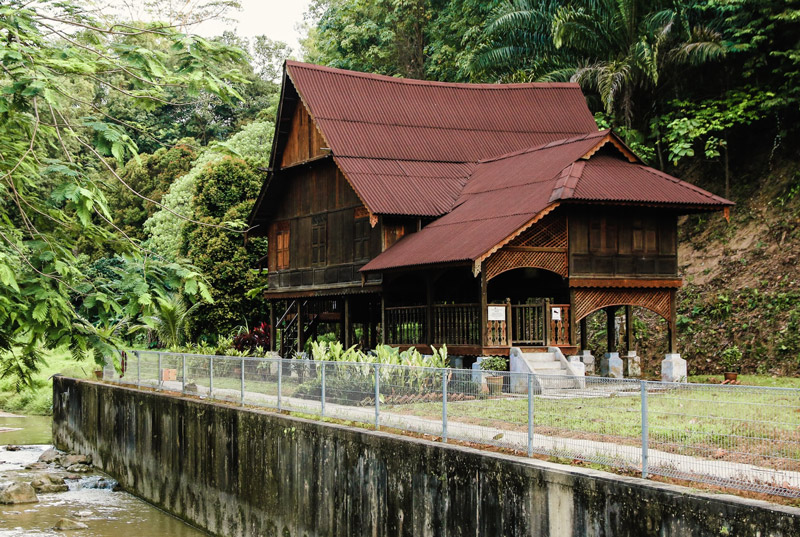#MoveTheDate
Employing design principles inspired by traditional and indigenous architecture could move Earth Overshoot Day by 11 Days.
How does it #MoveTheDate?
Demands for heating and cooling are reduced by buildings designed to suit their geography and local weather. Building materials are less resource intensive, compared to concrete and steel used in modern construction, because local materials are used.
How is it scalable?
Modern construction has shifted away from traditional designs because new materials and techniques focus on maximizing scalability, accelerating construction, and minimizing cost, rather than adapting to the local environment. There is ample potential to reincorporate local design principles into today’s construction.
How does it #MoveTheDate?
Demands for heating and cooling are reduced by buildings designed to suit their geography and local weather. Building materials are less resource intensive, compared to concrete and steel used in modern construction, because local materials are used.
How is it scalable?
Modern construction has shifted away from traditional designs because new materials and techniques focus on maximizing scalability, accelerating construction, and minimizing cost, rather than adapting to the local environment. There is ample potential to reincorporate local design principles into today’s construction.
Traditional architecture achieves high levels of energy efficiency by being well adapted to the local environment. Design features such as smaller windows, thick adobe walls, whitewash, lower ceilings in cold places and higher ones in hot areas, courtyards, ventilation spaces, solar orientation, and seeking synergies with adjacent buildings all contribute to achieving comfortable temperatures with minimal energy use.
There is no one traditional approach to design: there are as many styles of construction as there are regions and environments. Homes built in hot and dry climates place an emphasis on shade as illustrated by examples from India, while homes built in humid climates place the emphasis on ventilation, and homes built in colder climates place the emphasis on insulation, solar orientation, and materials.
There’s no benefit in waiting!
Acting now puts you at a strategic advantage in a world increasingly defined by ecological overshoot. Countless solutions exist that #MoveTheDate. They’re creative, economically viable, and ready to deploy at scale. With them, we can make ourselves more resilient and #MoveTheDate of Earth Overshoot Day. If we move the date 6 days each year, humanity can be out of overshoot before 2050.

